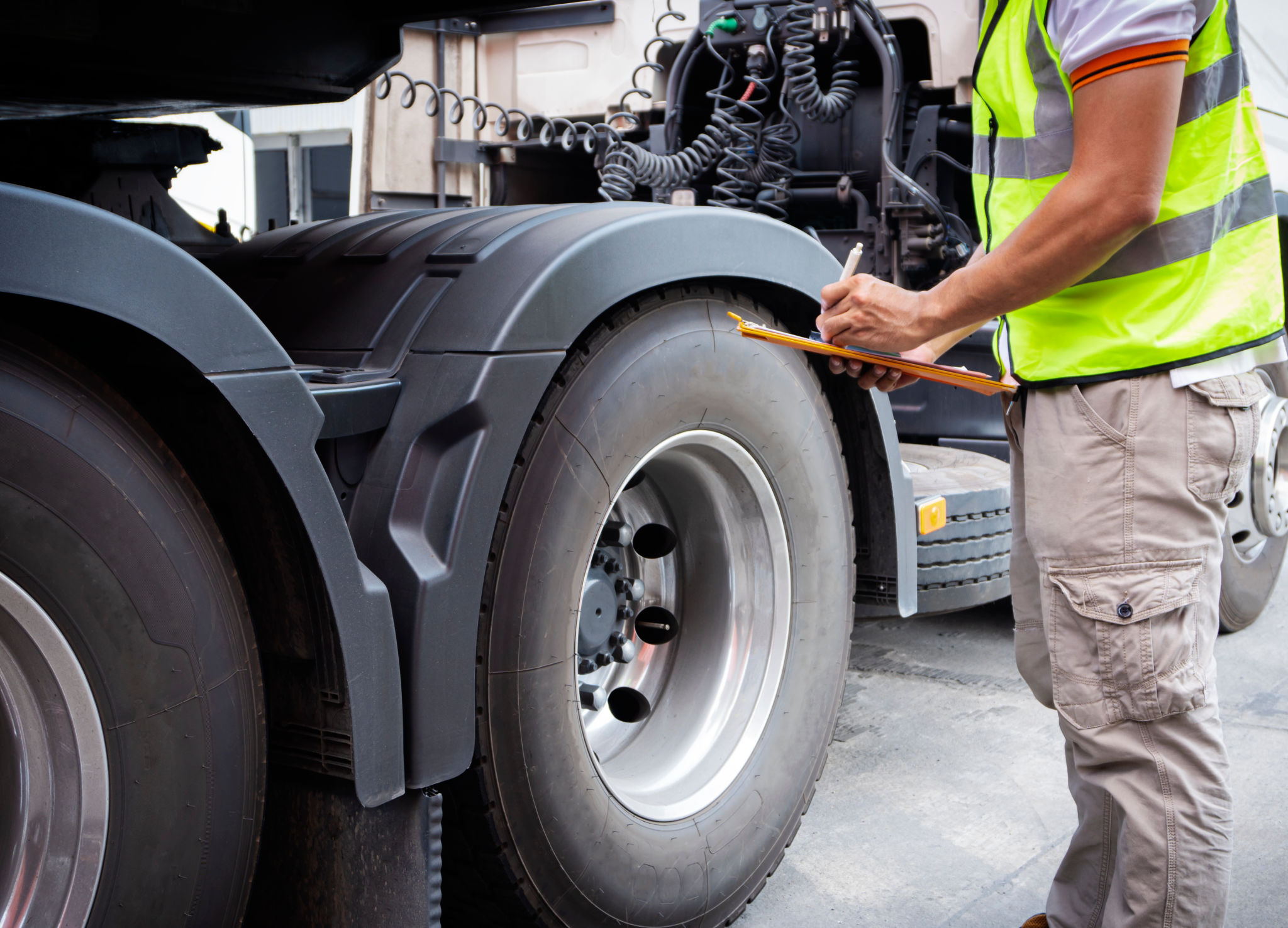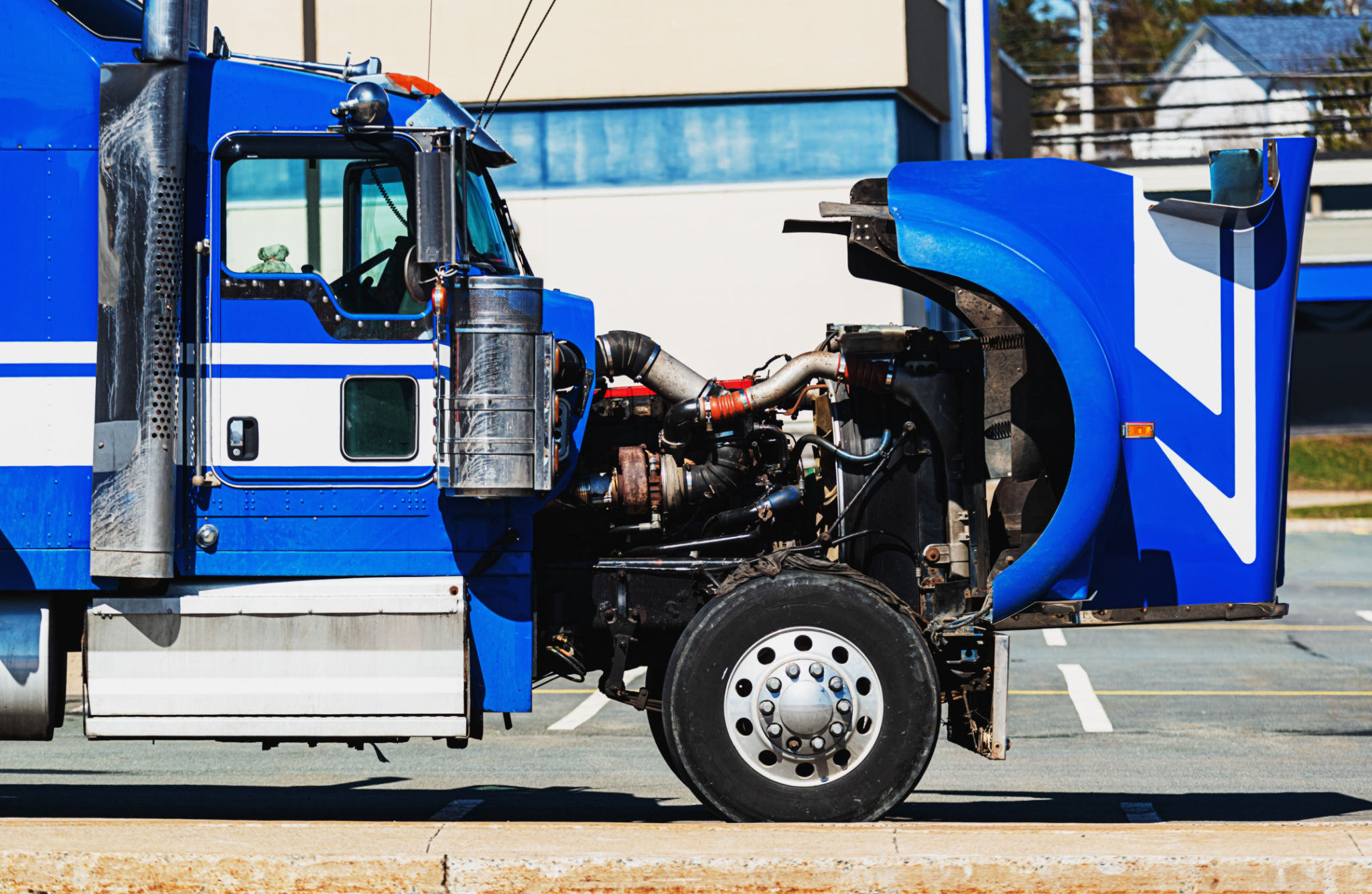Debunking Common Myths About Trucking Safety
Introduction to Trucking Safety Myths
In the world of logistics and transportation, trucking plays a critical role in keeping economies running. However, the industry is often plagued by misconceptions about its safety standards. While it's essential to address genuine concerns, it's equally important to debunk myths that may unfairly tarnish the reputation of trucking professionals.

Myth 1: Truck Drivers Are Always Reckless
A common misconception is that truck drivers are inherently reckless. This stereotype fails to recognize the rigorous training and strict regulations that govern the industry. Truck drivers must adhere to stringent safety protocols and often undergo extensive training to ensure they meet high safety standards.
Furthermore, drivers must comply with hours-of-service regulations designed to prevent fatigue-related accidents. These rules are enforced by electronic logging devices that track driving hours, ensuring compliance and promoting roadway safety.
Statistics Show a Different Story
Statistics reveal that truck drivers are generally safer than their reputation suggests. According to the Federal Motor Carrier Safety Administration, large trucks are involved in fewer accidents per mile driven compared to other vehicles. This data underscores the dedication of professional truck drivers to maintaining road safety.

Myth 2: Trucking Companies Ignore Vehicle Maintenance
Some believe that trucking companies neglect vehicle maintenance, leading to dangerous conditions on the road. In reality, regular maintenance is not only a legal requirement but also a business necessity. Well-maintained trucks are crucial for operational efficiency and safety.
Trucking companies invest significant resources in routine inspections and maintenance checks. This proactive approach helps prevent breakdowns and accidents, ensuring that vehicles are in optimal condition before hitting the road.
Regulatory Compliance Is Key
Compliance with regulations such as the Commercial Vehicle Safety Alliance's inspection standards is mandatory for trucking companies. These inspections help identify potential issues before they become hazards, further debunking the myth of neglect.

Myth 3: Larger Trucks Mean More Danger
The size of trucks often leads to assumptions that they are more dangerous. While large trucks can cause significant damage in an accident, their size alone does not equate to increased risk. Instead, it is the responsibility of all road users to share the road safely.
Truck drivers are trained to handle their vehicles with care, taking into account factors such as stopping distance and blind spots. Public awareness campaigns also play a role in educating other drivers on how to safely interact with large trucks on the road.
Technology Enhances Safety
Modern trucks are equipped with advanced safety technologies such as lane departure warnings and automatic emergency braking systems. These innovations help mitigate risks associated with large vehicles and improve overall road safety for everyone.

Conclusion: Understanding Trucking Safety
By dispelling these myths, we gain a clearer understanding of the trucking industry's commitment to safety. From rigorous training programs to advanced technologies, trucking professionals work tirelessly to ensure the safety of themselves and others on the road. As we continue to rely on this vital industry, let's appreciate the efforts made by those who keep our roads safe and our goods moving efficiently.